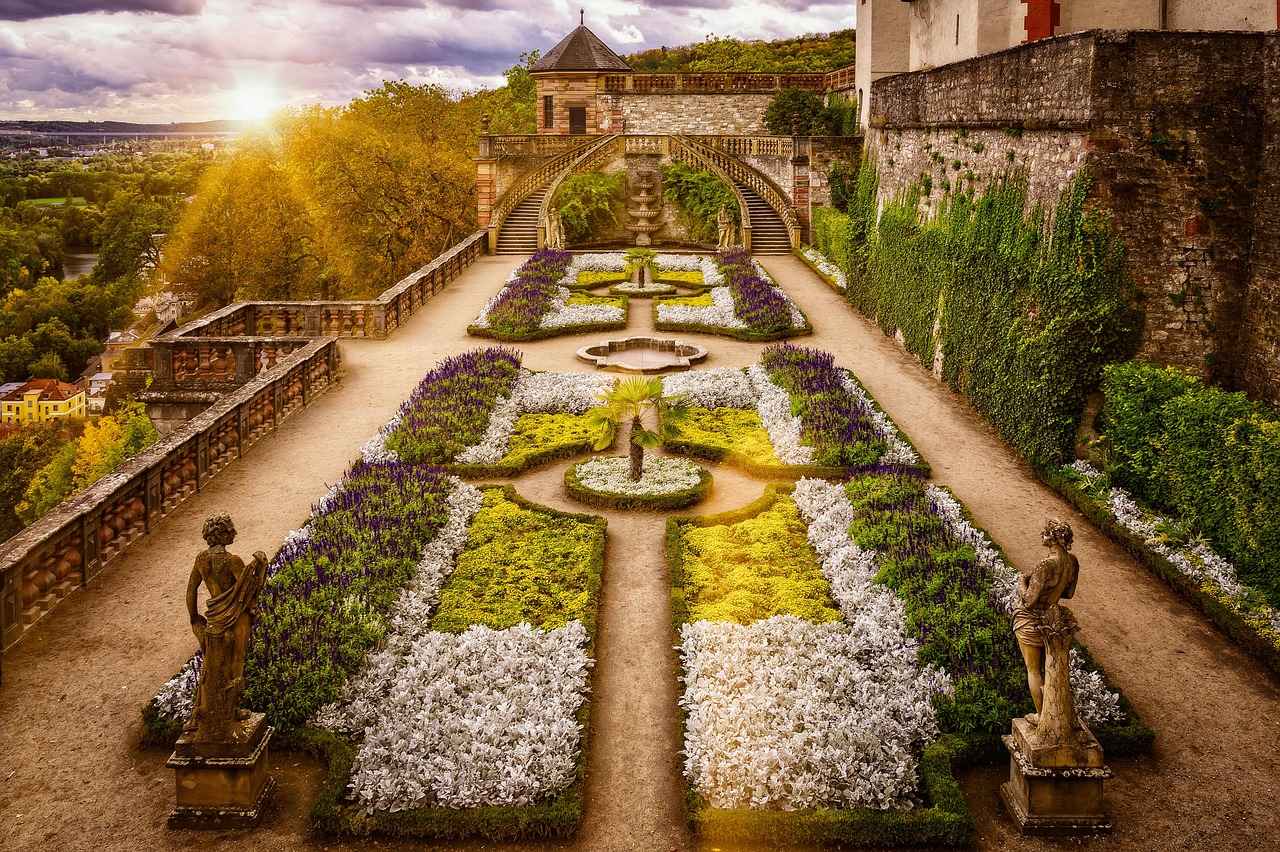
Cantonment Garden Multan
Published on
Average Read time: 3 minutes 21 seconds
1. Introduction to Cantonment Garden Multan
Nestled in the heart of Multan’s serene cantonment area, Cantonment Garden Multan is a vibrant blend of nature, heritage, and recreation. It’s not just a park—it’s a peaceful haven for families, fitness enthusiasts, and anyone looking to enjoy a moment of calm in the city.
Locally referred to as Company Bagh, this garden is a landmark that symbolizes both the colonial history and contemporary greenery of Multan. Surrounded by quiet streets, military residences, and colonial-era buildings, it presents an atmosphere unlike any other park in the region.
2. Historical Significance
British Era Legacy
Established in the late 19th century during British colonial rule, the garden initially served as a recreational space for British officers. Over time, it has evolved into a cherished public park for Multan residents.
Transition Over Time
From its original European-style design to a more locally adapted layout, the garden reflects a seamless blend of cultural influences. Each pathway and tree-lined boulevard tells a story of change, endurance, and preservation.
3. Exact Location & Map Access
Cantonment Garden Multan is located on Club Road in the Multan Cantt area—just a few minutes’ drive from Sher Shah Road and the Multan Railway Station.
- Nearest Bus Stop: Cantt Bus Stop
- Landmarks Nearby: Multan Fort, Cantt Club
- Parking: Available on-site and along the adjacent road
It’s highly accessible through local rickshaws, buses, and private vehicles.
4. Garden Layout & Sections
The park is thoughtfully segmented into distinct zones to serve diverse visitor needs:
- Jogging Trails: Looped walking and running paths
- Picnic Lawns: Shaded areas for family hangouts
- Botanical Corners: Areas with exotic trees and labeled species
- Children's Zone: Soft turf, swings, and monkey bars
5. Flora and Seasonal Bloom
One of the garden’s standout features is its rich collection of plants and trees:
- Indigenous Species: Neem, Banyan, Gulmohar
- Seasonal Flowers: Marigolds, Roses, Tulips, and Chrysanthemums
- Spring Exhibit: A major attraction during February–March, drawing thousands
It’s a botanical wonderland that shifts in appearance with every season.
6. Recreational Amenities
Whether you're here for health or leisure, there's something for everyone:
- Wide Walking Paths perfect for a brisk morning walk
- Exercise Corners with open-air gym equipment
- Benches & Pergolas placed along scenic spots
- Water Fountain shaped like a dolphin—kids’ favorite!
7. Family-Friendly Attractions
For families, the garden is a go-to weekend destination:
- 🐐 Mini Zoo: Home to deer, birds, and rabbits
- 🛝 Kids Play Zone: Full of slides, swings, and safe turf
- 🍽️ Picnic Huts: Available on a first-come basis
It’s a wholesome environment where kids can run free and adults can unwind.
8. Annual Events & Flower Shows
The Annual Flower Show, usually held in March, transforms the garden into a floral paradise. Visitors can enjoy:
- Floral Art Installations
- Bonsai and Cactus Exhibits
- Live Music and Cultural Stalls
These events not only entertain but also promote horticultural education.
9. Best Time to Visit
- Ideal Season: Spring (Feb–Apr) and Autumn (Oct–Nov)
- Time of Day: Early morning for exercise; late afternoon for relaxation
Avoid mid-day summer visits as temperatures can soar.
10. Ticket Price & Visiting Hours
- Entry Fee: Usually free or a minimal charge (e.g., Rs. 20)
- Timings: 5:00 AM – 10:00 PM daily
The garden stays well-lit and is safe for evening strolls.